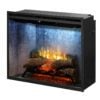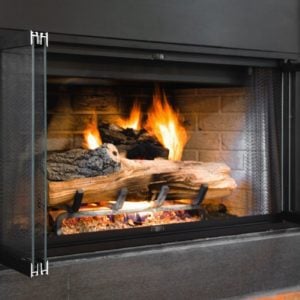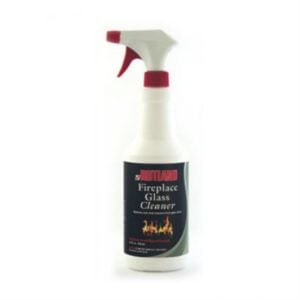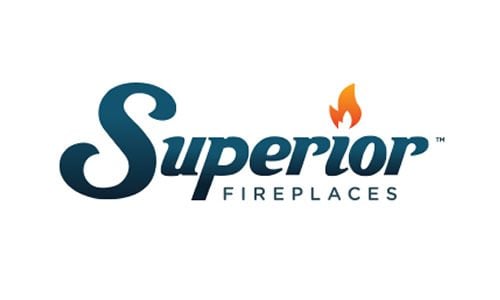Putting safety measures in place
Before you even think about starting a fire, you want to ensure that you have some safety measures in place in case of an accident. You don’t want a flame to shoot out at you, and you have nothing to put it out. Ideally, you’ll have a metal cage to stop this from happening, but some old-fashioned fireplaces need some more precautions.
The best items to have in your home are a fire extinguisher and a fire blanket. If the fire gets out of control, you can use any of these items to put it out. Chances are you’ll be okay, especially when you follow the right steps to make a fire, but it is always good to have precautions in place.
Inspect and clean the area
The first step to lighting a fire in your fireplace is ensuring you have an area that is safe to use. If your fireplace is old and hasn’t been used in a while, you’re going to want to have a look and see if everything is still in place and that there aren’t any animal nests or clogs in your chimney that might ruin your time with the fire.
Similar to the inspection, you’re going to want to ensure that the entire area is clean and there are no hazards in the way. Give the area a thorough sweep and ensure that there are no flammable objects in the way of the fireplace. Once these two precautions are taken, then you’re ready to start making your fire.
Choose the right firewood
It’s now time to choose the type of firewood you’ll be using on your fire. Most of the time, you can go to the store and pick up a package of firewood and it has been packaged with the best wood for your fire. However, sometimes you may want to be more with nature and go and find the wood by yourself.
If you are going to find your own firewood, it’s best to find a dense wood such as oak. Once you’ve found it, you will need to split it and keep it in a storage room that is dry for half a year so the wood is at its best potential.
Build your fire
You’re now ready to put all the materials together so you can build your fire. It’s an exciting time as you’ll soon be able to sit next to your fireplace and experience the warmth of the golden flames. However, there is a science behind how you stack your firewood so it lasts for as long as possible and it is easier to light.
It’s recommended to start with around seven logs and place them around 90 degrees to each other, with enough kindling within the gaps. Place your largest logs at the bottom and the smallest ones at the top. You also want to ensure the bark is facing the outside to ensure the fire starts perfectly.
Start the fire
Get ready, because you can now start your fire! You may want to place some firelighters on top of your log pile so this step is as successful as possible. All you need now is a lighter or a box of matches and direct the light towards the top of the fire and as close to the kindling as possible. It should start to spread from there.
Depending on your chimney, it may take a little bit more time to create a good draft, so don’t feel disheartened if the fire isn’t too big to begin with. If you have a highly insulated home, then you may want to consider opening a window to speed up the process. After that, you should have a beautiful fire heating up your home.
Add newspaper and kindling
Once your fire is lit, you can’t just leave it. A fire is like a child and it needs to be nurtured throughout its life. You also don’t want to leave it unattended because you never know what could happen, even with all the safety precautions in place. It is recommended to keep feeding the fire with either newspaper and kindling to keep it going.
Don’t get too close to the fire when you’re adding extra newspaper and kindling and only add these things when it seems like your fire isn’t thriving. Gently place the items on top of the fire and don’t chuck them in as the fire could spit back at you.
Keep the fire small
You’re now all ready! Your fire is lit, you’re continuing to feed it, and you are able to keep both you and your family warm during the warmer months. One last thing you will need to remember is to keep your fire small. It may be tempting to ignite the largest fire you can, but this isn’t recommended.
Smaller fires don’t produce as much smoke and it is overall better for your home and health if you keep it manageable. You can still generate a good amount of heat and have a great fire for your household and guests to look at, even if you keep it small.





















